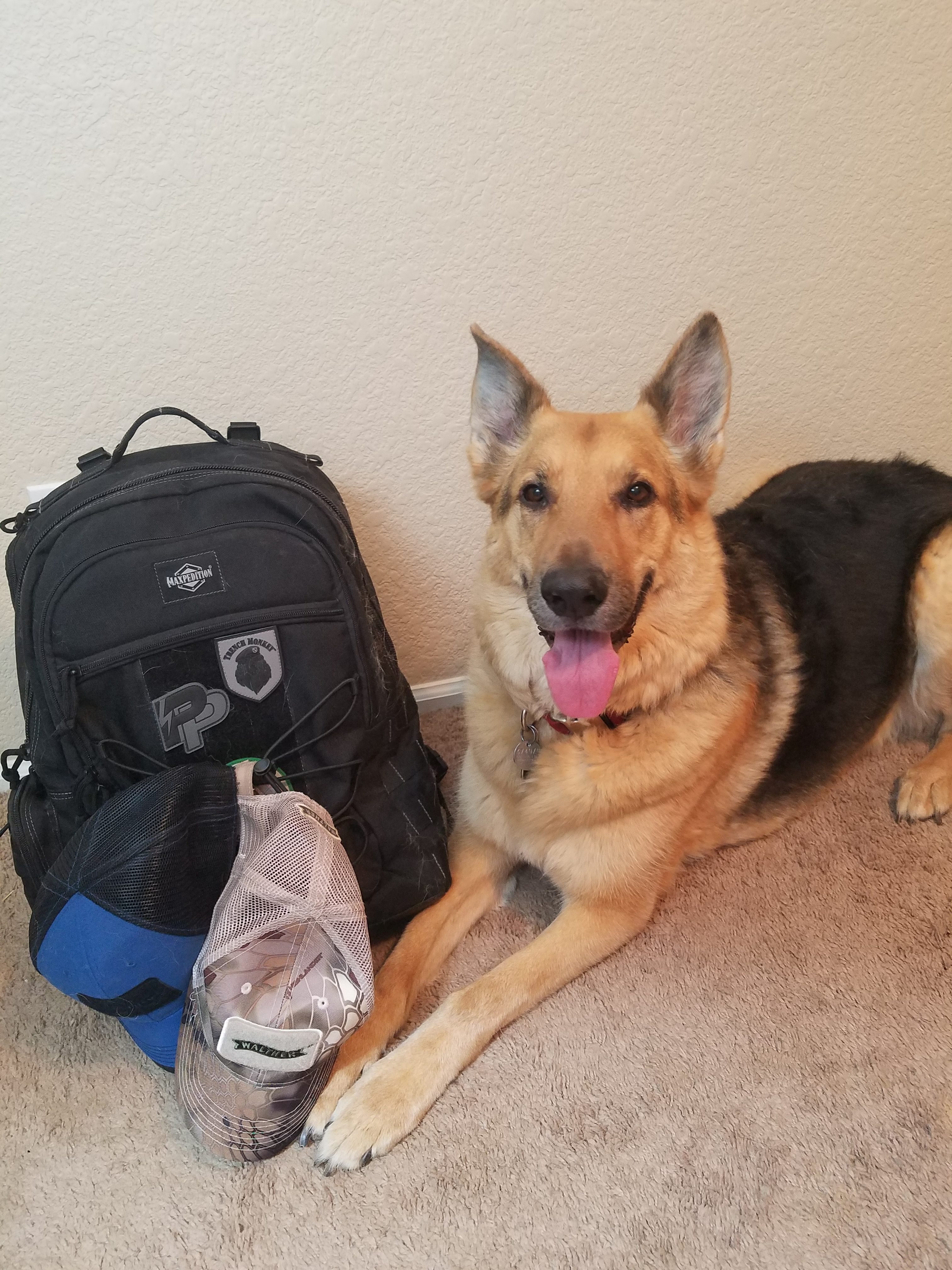
Jessica Campbell
It seems like a simple topic, you throw in your ear pro, eye pro, firearms, and some ammo into your bag and you’re off to the range. However, many of us realize that what you carry (or even worse, what you don’t bring along) can make or break your shooting experience.
When assembling all the gear to carry in your range bag (or bags for many of us) there’s a lot of things to consider. Are you a casual shooter who hits the range once every couple of weeks? An avid shooter who frequents the range weekly? A competitor, an instructor? These questions may modify how to load your range bag. At the end of the article, I will provide a few checklists that you can use depending on your level of shooting.
But first…

The Bag
We can’t really start this conversation without first going over what a range bag should, and should not be.
This bag is going to be used to lug around all of your expensive, and most of the time, heavy gear. It needs to be designed for such a task, made out of durable material that can take a beating, and have compartments designed to make your life easier. I commonly see new students show up with a standard backpack they would use in college. All of their gear is haphazardly shifting around in the main compartment as they walk, and little tears in the fabric are starting to form. That’s a basic rookie mistake. Get yourself a good, industry tested product designed for the wear and tear that comes along with the job. There are so many options now, including the standard duffle (my 5.11 is pictured here), to backpacks (my MaxPedition is pictured below).
The Basics
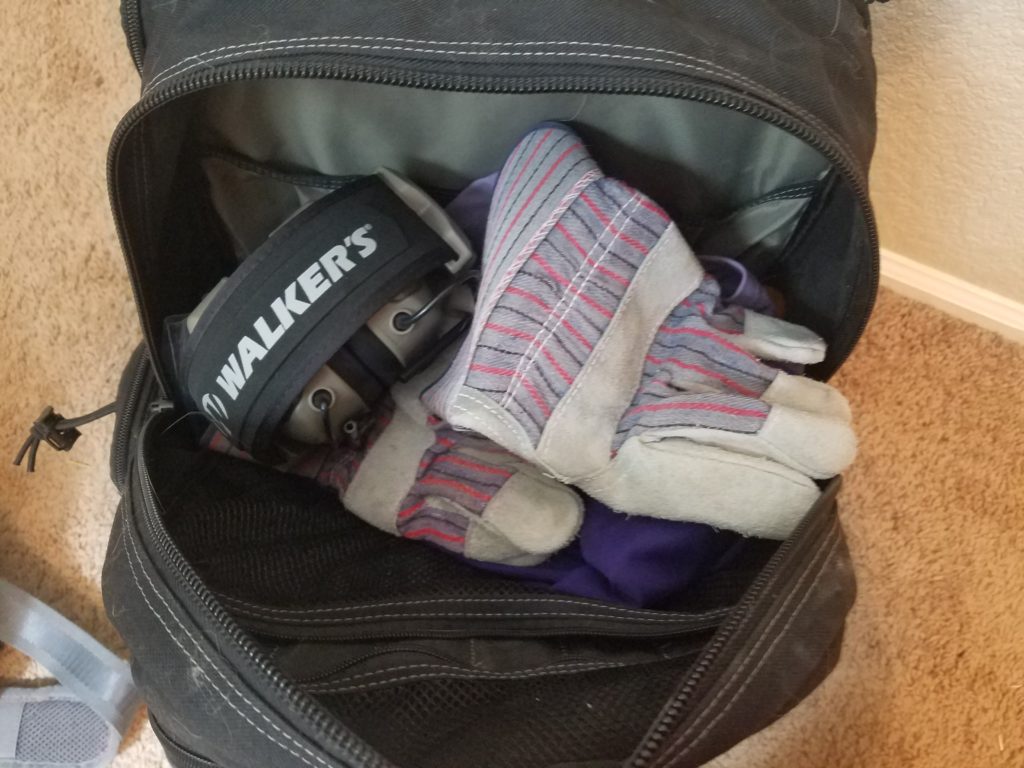
Ear Pro
I recommend that everyone carry a box of the cheap foam ear plugs on top of a good quality pair of electronic Ear Protection (look for something with at least 25db). The foamies are great to double up when you are in an extra loud environment (like an indoor range) and typically provide a higher level of db (decibel) protection. If you bring a guest with you, then you have something for them to use as well. Foam earplugs also conform easily to rifle stocks, offering an inexpensive solution that won’t compromise your cheek weld.
Eye Pro
Have an extra set with you at all times (I actually leave a spare in my car, just in case an impromptu range visit happens). These glasses need to be large and wrap, so those extra hot brass casing have little chance of lodging in between your glasses and your eyes (NOT a fun time for anyone involved).
Now, things to consider: Do you wear prescription glasses? If so, you can look into frames designed to stay in place during exercise, like Oakley’s. Do you shoot in varying degrees of light? You may want a pair with interchangeable lenses that can offer both amber and dark lenses options.
On that note, always carry lenses cleaner with you, as gun lubricant is an absolute pain to clean off lenses (over lubricate your pistol and you’ll know what I’m talking about after the first shot).
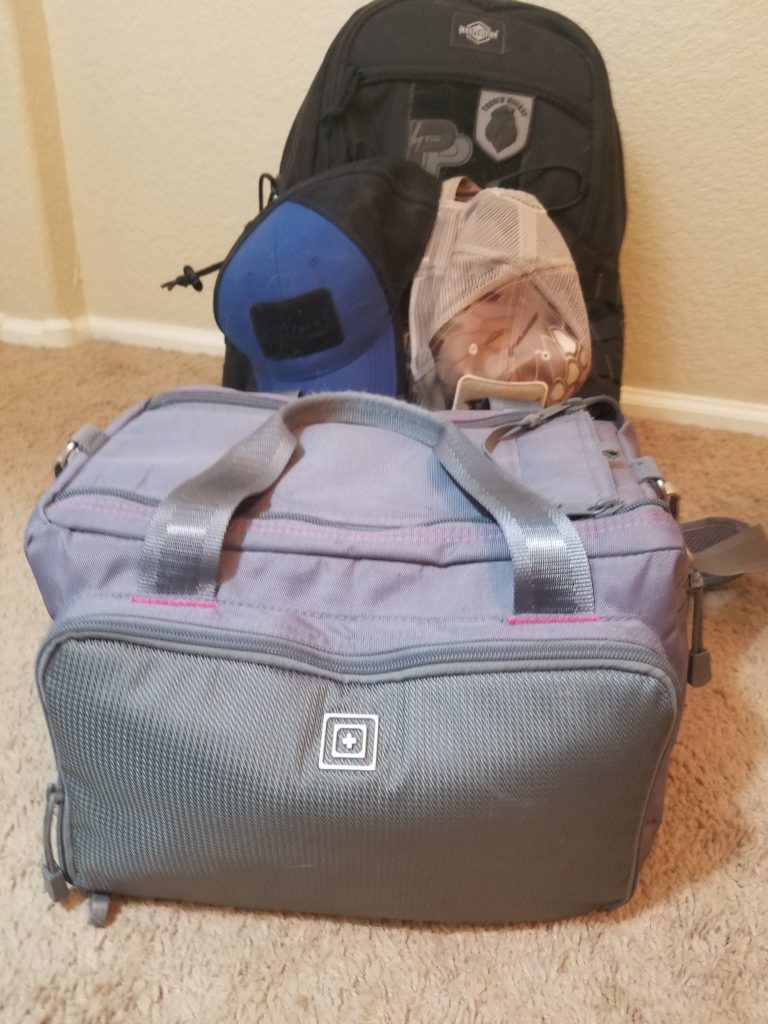
A Ball Cap
This gives you the dual purpose of keeping the sun out of your eyes and further reduces the likelihood of brass getting under your eye protection.
A Trauma Kit
No one wants this experience, but you never know when an accident will occur. So, get yourself a good quality trauma kit and the training to go alone with it.
First Aid Kit
Not to be confused with the trauma kit (yes, they’re different things), get yourself a kit with Band-Aids, hydrogen peroxide, antibacterial ointment, and add in a nail clipper (you can also use this bad boy to clip fiber optic filaments for your sites if they need to be replaced, just throw a lighter into the kit as well). I always carry sunblock in that kit.
De-lead Wipes
It seems obvious that you should wash your hands after shooting but if you’re out in a remote range, these wipes come in handy. Still though…wash your hands!
Lubricant and a Rag
When I was a range officer, I saw many a range day cut short because shooters forgot that a gun is a machine, and it needs to be oiled in order to function.
Tape and Staple Gun
Here’s a little pro-tip. Even if you exclusively shoot at in-door ranges, you can save a lot of money by taping up your targets and reusing them. If you shoot at outdoor ranges, the Staple gun will be your best friend (wind is the enemy).
Work Gloves
Moving targets around means potentially dealing with rust, while posting up wooden slats means you’re probably going to get splinters, steel targets in the sun means you’re going to burn your hands, and hot brass collection is not a fun time. For all those reasons, always carry a pair of work gloves.
Extra Magazines and a Speed Loader
Shooter’s preference, but I like to have at least 5 magazines per firearm. Depending on your activity, you may need more magazines. For example, some competitions have a five-mag loadout (5 in mag pouches and 1 in the firearm), then you may want at least 2 more in case a magazine goes inoperable. I prefer to preload my mags and then use the speed loader to make loading efficient and save my hands from fatigue.
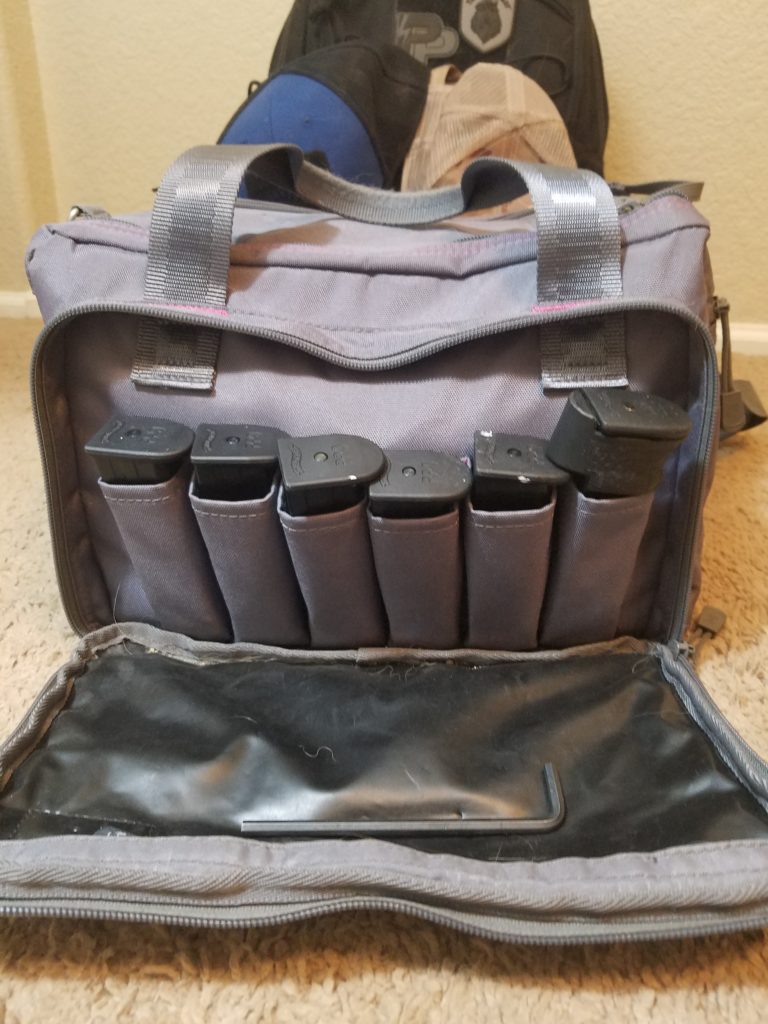
Tools
Hex keys, a knife, a rod, an all-purpose tool (like a swiss army knife or Leatherman), flat head, Philips head screw drivers, and a basic cleaning kit.
Now a more formal breakdown and a few check lists:
Basics:
- Ear Pro
- Eye Pro
- Ball Cap
- Trauma Kit
- First Aid Kit
- Lubricant
- Tools and Cleaning Kit
- Work Gloves
- Chamber Flag (you can use casings if you don’t have one)
- Extra Magazines
- Speed Loader
A More Complex List for the Avid Shooter (all of the above but add…)
- Extra Holsters and Mag Pouches
- An Extra belt
- Common breakage parts (firearm specific)
- Note Pad and Pen
- Sharpie Markers to label magazines and mark targets
- Electronic Timer
- Brass Bag
- Extra Fiber optic filaments for sights with a lighter and your nail clippers
- Q-tips for cleaning on the go
- Torque wrench
- Base pad screws for mags
- Extra Batteries for optics
- Loctite
- Liquid Grip
- Tac Gloves (if needed for long shooting days)
- Athletic tape
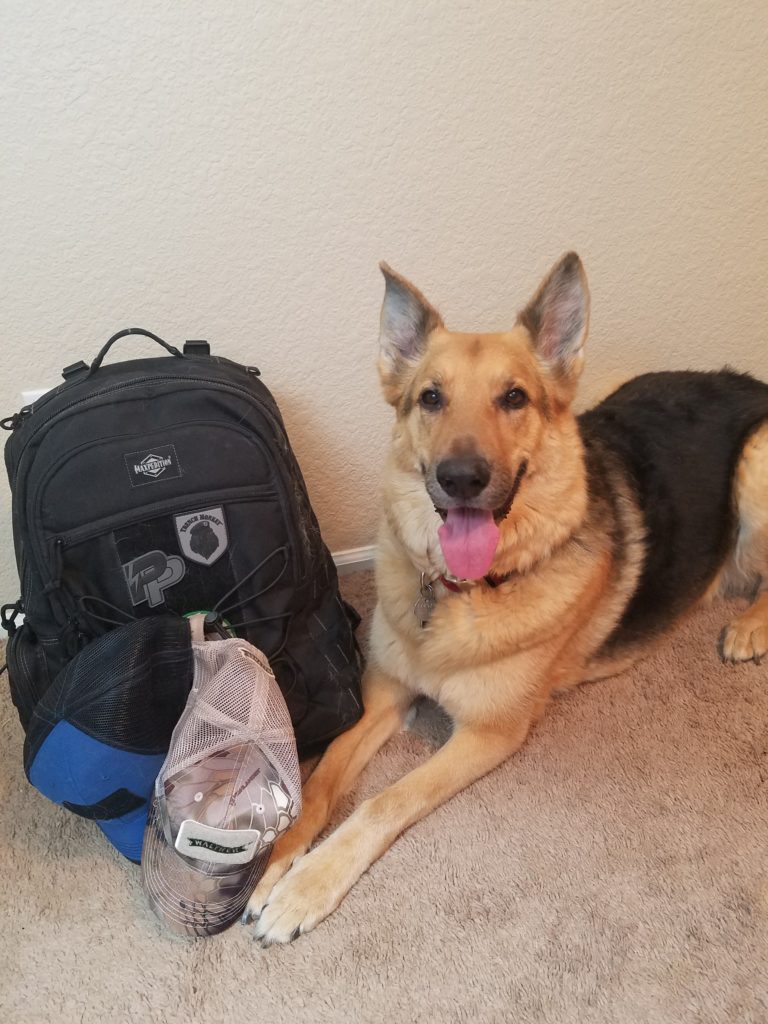
Now, if you’re shooting at remote locations, or just shooting outdoors a lot, you definitely need to get yourself a range box to keep targets, tools, and extra gear in. That’s another article for another day, but I hope this short breakdown helps to enhance your range time!